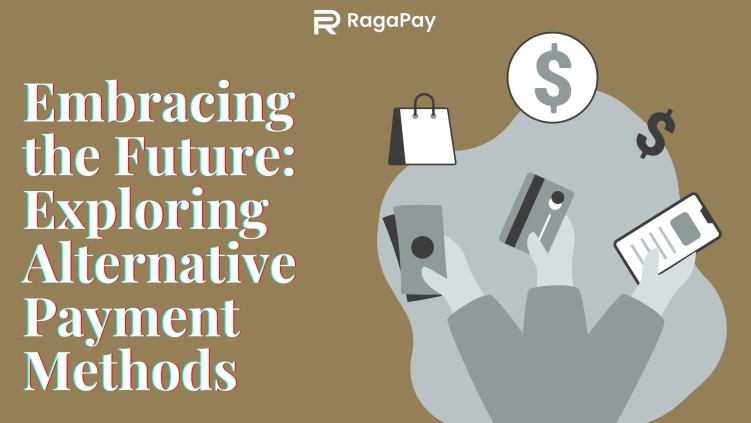Introduction:
In today’s digital age, the way we pay for goods and services has undergone a significant transformation. Traditional payment methods, such as cash and credit cards, are no longer the only options available. The rise of alternative payment methods has paved the way for innovative and convenient ways to conduct transactions. In this blog post, we will delve into the world of alternative payment methods, discussing their benefits, challenges, and impact on our daily lives.
Mobile Wallets:
One of the most popular alternative payment methods is the mobile wallet. With the proliferation of smartphones, digital wallets like Apple Pay, Google Pay, and Samsung Pay have gained widespread adoption. These wallets allow users to securely store their credit card or bank information and make payments by simply tapping their devices at compatible payment terminals. Mobile wallets offer convenience, speed, and enhanced security, as they eliminate the need to carry physical cards or enter card details for every transaction.
Cryptocurrencies:
Cryptocurrencies, such as Bitcoin, Ethereum, and Litecoin, have gained significant attention in recent years. These decentralized digital currencies offer an alternative to traditional banking systems and allow for peer-to-peer transactions without the need for intermediaries. Although cryptocurrencies are still relatively nascent, they provide benefits like faster transactions, reduced fees, and increased privacy. However, their volatility and regulatory challenges pose barriers to widespread adoption.
Contactless Payments:
Contactless payments have become increasingly prevalent, especially in the wake of the COVID-19 pandemic. Contactless technology, including near-field communication (NFC) and quick response (QR) codes, enables consumers to make payments by simply tapping or scanning their cards or smartphones. Contactless payments are not only convenient but also promote hygiene and reduce the risk of spreading germs. With more businesses adopting contactless terminals, this payment method is rapidly becoming the norm in many regions.
Peer-to-Peer (P2P) Payment Apps:
P2P payment apps, such as Venmo, PayPal, and Zelle, have revolutionized the way we split bills, pay friends, and transfer money. These apps allow users to send and receive money directly from their bank accounts or linked credit cards. P2P payment apps simplify everyday transactions and eliminate the need for physical cash or checks. Additionally, they facilitate seamless transactions between friends, family, or even businesses, promoting a cashless society.
Biometric Payments:
Biometric payments leverage unique physical attributes like fingerprints, facial recognition, or iris scans to authenticate transactions. This technology adds an extra layer of security and convenience, as users no longer need to remember passwords or PINs. Biometric payments are being integrated into smartphones and payment terminals, promising a frictionless and secure payment experience. However, concerns about data privacy and security still surround this payment method.
Wearable Payments:
Wearable devices, such as smartwatches and fitness trackers, have extended their functionality beyond monitoring health and fitness. Many of these devices now support payment capabilities, allowing users to make purchases with a simple tap. Wearable payments offer the same convenience as mobile wallets, providing a seamless and hands-free payment experience. As wearables continue to gain popularity, their integration with payment systems is expected to grow.
Conclusion:
The landscape of payment methods has evolved significantly, offering consumers an array of alternative options beyond traditional cash and cards. Mobile wallets, cryptocurrencies, contactless payments, P2P payment apps, biometric payments, and wearable payments are just a few examples of the transformative technologies shaping the way we transact. While alternative payment methods bring numerous benefits like convenience, speed, and enhanced security, challenges remain, including regulatory frameworks, interoperability, and data privacy. As we continue to embrace the digital future, it is essential to adapt to these alternative payment methods and ensure that they are inclusive, secure, and accessible to all.

